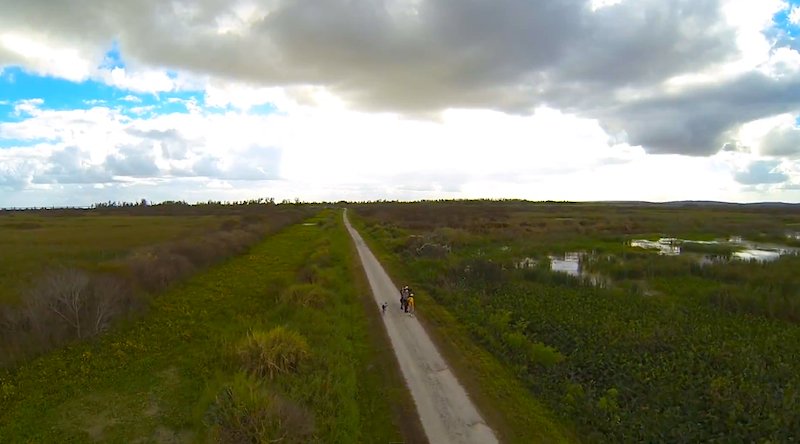
Lake Apopka Restoration Area in Lake County Florida is fast-becoming one of the best bird magnets in all of Florida. Situated pretty much slap-bang in the center of the state north of Lake Okeechobee, this massive wetland was once the Florida’s most polluted body of water. Today, through extensive management by the St. John’s River Water Management District, the fifty square-mile lake is cleaning up its act. And birders are taking notice.
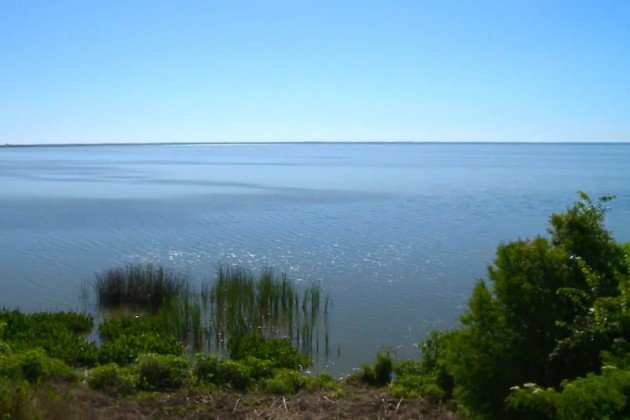 Lake Apopka is going through its latest transformation…for the better
Lake Apopka is going through its latest transformation…for the better
Lake Apopka has historically experienced dramatic changes in its environmental health. This is Florida’s second largest lake and was once one of the most productive fishing lakes in the entire country. The pristine lake was a renowned environmental treasure. But all this changed in the early 1940s with the establishment of vegetable muck farms on the lake’s north shore. The healthy marshes that filtered the lake’s incoming water were drained to make room for the muck farms. Massive quantities of nutrients, sewage, fertilizers and citrus effluent were pumped into the lake from the farms. The high nutrient loading led to massive and unprecedented algal blooms which in turn killed productive plants and changed the once crystal-clear lake into pea soup. Fish populations plummeted and bird populations declined. The area’s polluted condition endured for almost fifty years until concerned citizens lobbied for the lake’s restoration, leading to a $100 million public purchase of the polluting farms.
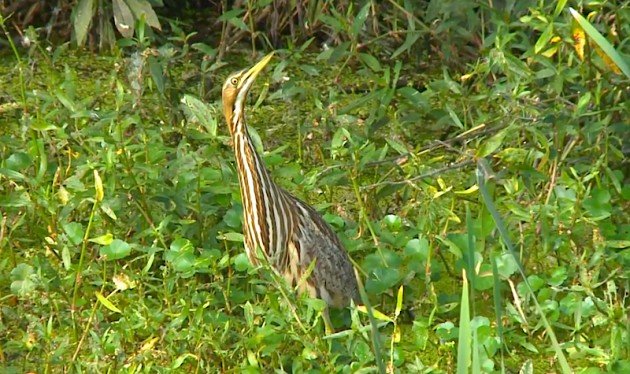 American Bitterns are common around the lake fringes in winter
American Bitterns are common around the lake fringes in winter
The key to its restoration lies in reducing the foul, pesticide-ridden run-off from the agricultural fields on the north shore. Much of this farmland has now been purchased in an attempt to return this land to the shallow, pristine marsh that it once was. And herein lies the key to Apopka’s potential to become one of the best, if not THE best, bird site in all of Florida. When these old farmlands are periodically flooded to simulate the once-extensive marsh, they attract staggering numbers of birds. Consider these numbers recorded by long-time local birder Harry Robinson: 1,230 common nighthawks (the highest recorded count for Florida) on September 11th, 2002; 1,560 swallow-tailed kites on July 26th, 2006 and 1,660 black-bellied whistling ducks on February 5th, 2010.
Lake Apopka holds the record for the highest inland single-day bird count in the state: 174. Additionally, 367 bird species have been recorded. Truly astounding when one considers that this number is comparable to Merritt Island National Wildlife Refuge which is situated on the coast and is one of the country’s premier birding sites. There are several factors that combine to make this area so incredibly diverse in avian life. Firstly, the habitat itself is far from homogeneous. The lake and its surrounding areas comprise a tapestry of marshlands, seasonally flooded fields, open water, oak woodland and riverine scrub.
Secondly, the massive lake is a visual bulls-eye for migrating shorebirds and other migratory species. The fact that the lake is situated right in the middle of the state means that it can be seen by a large portion of the migratory flocks that pass over florida twice a year. Lastly, the newly created marshes and flooded areas are creating a virgin smorgasbord of food for local, resident birds too. Many of the resident wading birds are nesting in increasing numbers year upon year, suggesting that the restored habitat is becoming more desirable.
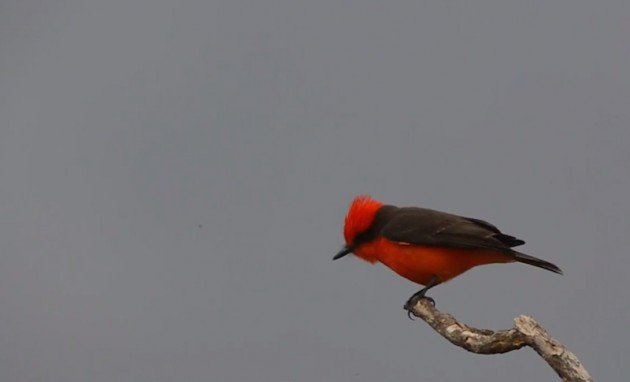 Vermillion Flycatchers are occasionally found
Vermillion Flycatchers are occasionally found
But the lake’s most successful drawcard is undoubtably its growing reputation for being one of the state’s – and indeed one of the country’s – best and most consistent rarity sites. A place that has a reputation for producing good numbers of rare birds on an annual basis.
Just this past season (2014/2015) there have been some pretty cool records of birds that are considered rare in Florida. For most of early 2015 two groove-billed anis were present on the trail close to the Lake County/Orange County border. Also recorded were both male and female vermillion flycatchers, several ash-throated flycatchers, a whooping crane and a yellow-breasted chat.
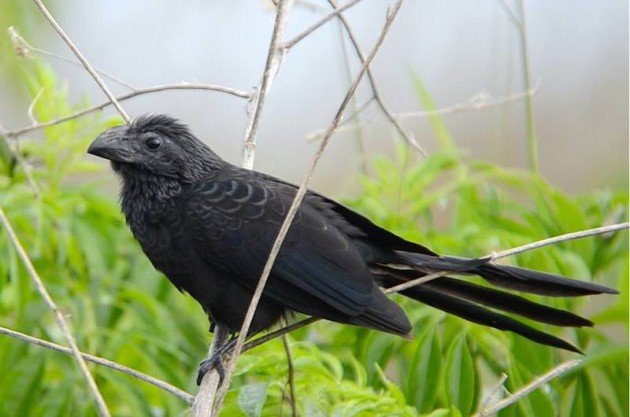 Two groove-billed anis stayed for months in late 2014 and early 2015
Two groove-billed anis stayed for months in late 2014 and early 2015
 Around half a dozen ash-throated flycatchers were also present
Around half a dozen ash-throated flycatchers were also present
Recent years have seen fork-tailed flycatchers, brown-crested flycatchers, neotropic cormorant, American black duck, black rail and more.
The restoration of Lake Apopka is well underway and plans are being developed to make the entire area even more accessible to birders, hikers and nature-lovers. The annual Wings and Wildflowers Birding Festival takes place every October (2-4 Oct in 2015) and offers guided trips to Lake Apopka and other productive birding sites. Also featured are excellent speakers, informative workshops and hands-on classes on topics like native gardening and attracting butterflies.
I can’t wait to visit again and will watch with interest the ongoing transformation of this exceptional and highly important birding area.
To view a recent Birding Adventures episode on the area please click the video below:


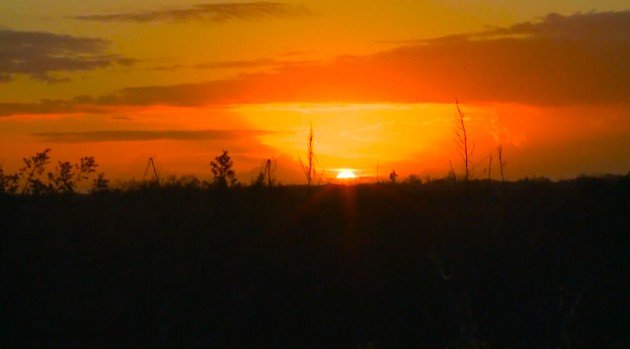
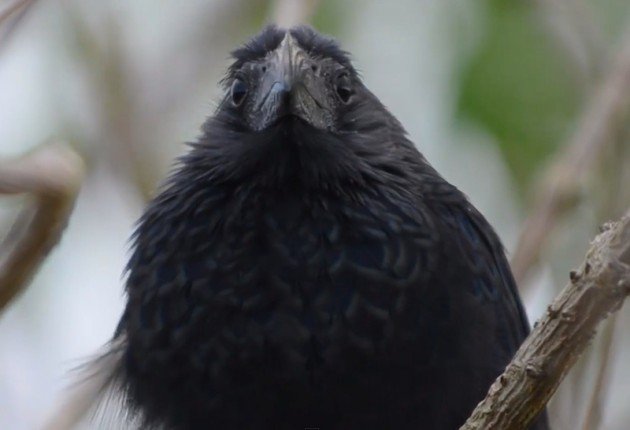










Leave a Comment